The Clothing and Textiles Division of the Museum of Texas Tech University in Lubbock, Texas includes over 33,000 objects that span 240 years. This treasure trove includes many items of interest to quilters, and the Museum’s current exhibition: Cotton & Thrift, Feed Sacks and the Fabric of American Households, offers an enticing assemblage that especially appeals to those of us who love quilts.
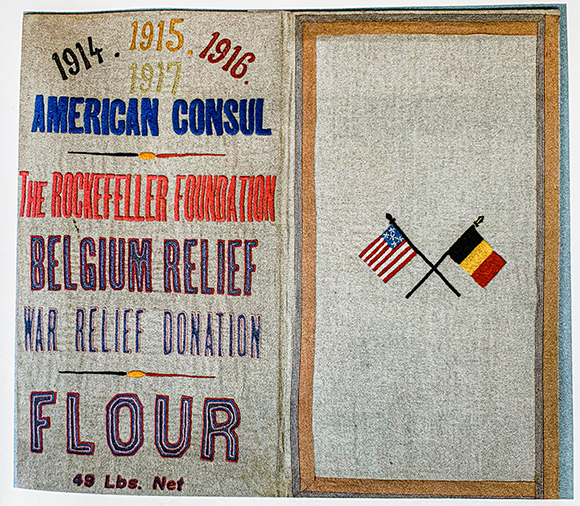
Thoughtfully organized by Dr. Marian Ann Montgomery, the Curator of Clothing and Textiles at the Museum, the exhibit highlights items from an important collection that the Museum recently acquired.
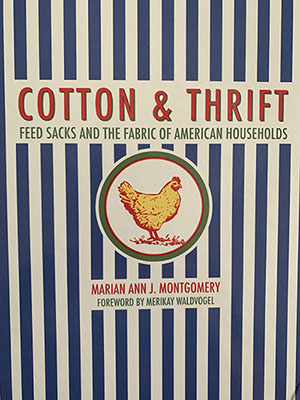
In 2015, collector Pat L. Nickols partnered with the Museum to transfer more than 5,600 printed feed sack pieces (white sacks, printed partial and whole cotton sacks, thousands of swatches of printed sacks, instructional booklets, garments, quilts, and quilt tops) to the Museum’s holdings. This acquisition brought the Museum’s collection of cotton sack-related objects to 6,000, likely the largest at a public institution.
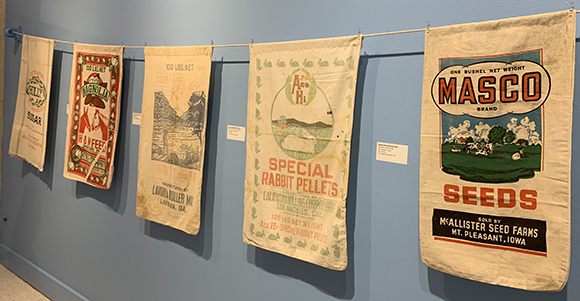
Against walls painted in colorful pastel shades reminiscent of the fabrics closely associated with the Depression Era in the United States, items are displayed in such a way that the viewer is visually immersed in the story of the importance of cotton sacks, particularly to rural households of the early- to mid-20th century.
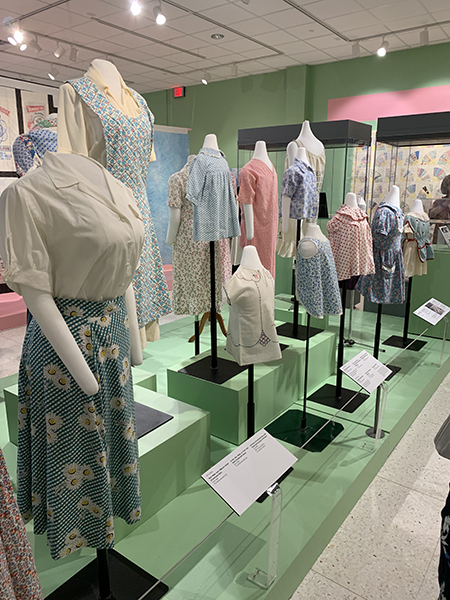
Starting with white cotton commodity bags, the exhibit shows examples of how women readily used this “free” fabric to make dish towels, undergarments, and other household items. An especially rare and interesting object on display is a sack that originally held flour sent to German-occupied Belgium as part of the U.S. famine relief effort during World War I. To show their gratitude, Belgian women embroidered the sacks and returned them.
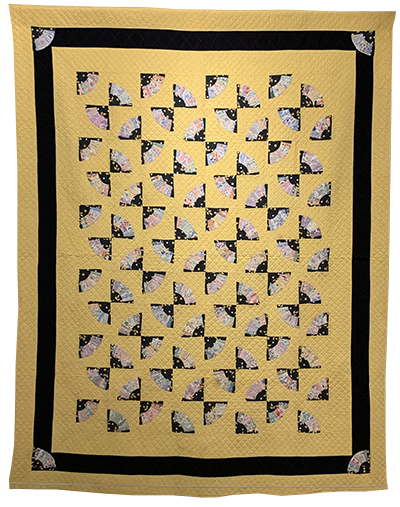
Many of the exhibited objects come from the 1930s, ‘40s, and ‘50s, the time period most people imagine when they think of feed sacks. In the early 1930s, commodity producers started putting their sugar, flour, animal feed and other products in pastel cotton sacks called Tint-Sax to encourage women to make even more things out of them. In 1937, in order to compete with rising competition from paper bags, cotton sack companies teamed with fabric designers to create printed fabric for holding commodity products, and offered suggestions for using the sacks to make such things as curtains, aprons, toys, clothing, and—of course—quilts. The exhibit contains many examples of items that were created from feed sacks during this time, along with a large selection of feed sack fabric swatches.
Cotton & Thrift, Feed Sacks and the Fabric of American Households will be on display until December 15, 2019. An exhibit catalog of the same name is available through the Museum Store, Amazon, and Texas Tech University Press.



